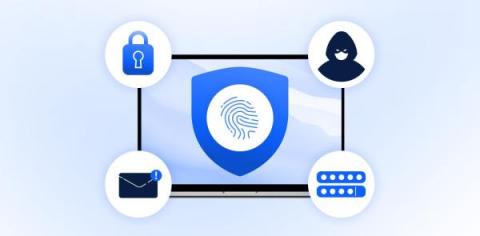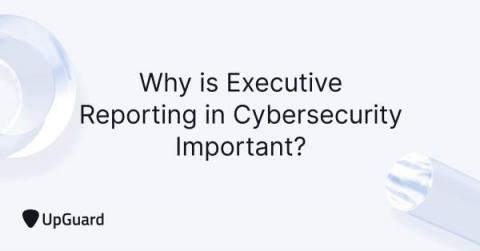Security | Threat Detection | Cyberattacks | DevSecOps | Compliance
Latest News
5 Common Cybersecurity Mistakes You Can Easily Prevent
A comprehensive organizational strategy and robust company security policy are crucial for effective cybersecurity. A company needs to make a concerted effort to design, execute, and follow through with a plan to deal with cyber-risk management from top to bottom. There is no one-size-fits-all strategy for the needs of enterprises in managing cyber risk. But in order to maintain strong system security in the face of constant threats, there are some core principles that every company should follow.
The LI-SaaS Path to a FedRAMP Authorization
So many great software and cloud-based organizations turn away from working with the US Government because the authorization to operate (ATO) processes are prohibitively complicated, expensive, and time intensive.
Logicalis Acquires Q Associates to extend specialist Microsoft and data-centric IT services capabilities across their UK&I operation
Fortune and Great Place to Work® Name Forward Networks One of the 2022 Best Small Workplaces, Ranking #20 Nationally
No Service Is Safe - Atlassian Demands Increasing
5 Misconceptions About Penetration Testing for Mobile Apps
People these days use mobile apps for everything from ordering groceries and medicines to paying loan EMIs and sending or receiving money. While it sounds convenient, users' private info, such as email, home address, bank details, etc., is always at risk of being stolen. Therefore, it becomes the duty of app development companies to take up stringent measures to ensure complete security for their users. And that's when penetration testing comes into the picture.
Why is Executive Reporting in Cybersecurity Important in 2022?
Executive reporting in cybersecurity is important because it keeps business leaders and stakeholders informed about the progress of cybersecurity initiatives, allowing them to track cybersecurity alignment against overarching company goals.
How to Reduce Your Cybersecurity Insurance Premium in 2022
Cyberattacks are growing in prevalence and sophistication, and so are the damage costs associated with these events. According to a 2022 cost of data breach report, the average damage cost of a data breach has reached a record high of USD 4.35 million. Provoked by increased data breach damage costs, a growing number of US businesses are partnering with Cybersecurity Insurers, who, in turn, respond to this increased demand by inflating cyber insurance premiums.











